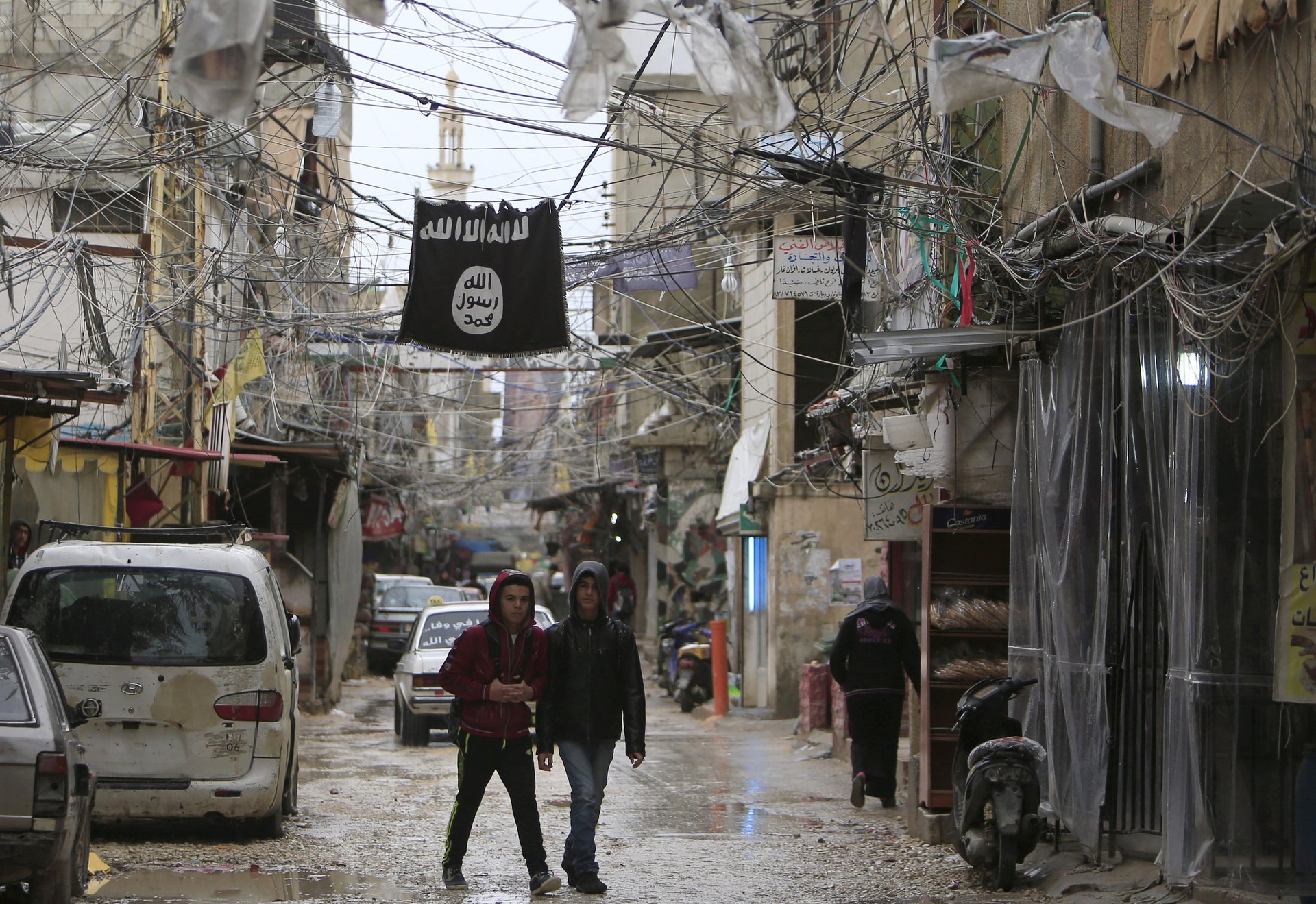What’s the difference between religious conservatism and extremism? No-one knows
Following another deadly attack in France where a man plowed through a crowd of people celebrating Bastille Day in Nice, killing more than 80 people—prompting a rare day of national mourning—and four high-profile attacks in the last week in Germany, sympathy poured in from the rest of the world.


Following another deadly attack in France where a man plowed through a crowd of people celebrating Bastille Day in Nice, killing more than 80 people—prompting a rare day of national mourning—and four high-profile attacks in the last week in Germany, sympathy poured in from the rest of the world.
Except from US presidential hopeful Donald Trump, who said the blame lies firmly with authorities. He called for French and German citizens to undergo ”extreme vetting” before entering the US, adding that both European nations had been “totally compromised by terrorism.”
At the heart of Trump’s simplistic solution to a complicated problem is the question of how to separate extremists and potential terrorists from the rest of the population. Trump’s counterterrorism strategy has little room for nuance. In fact, he’s gone as far as to call for a blanket ban on all Muslims entering the US. But just how would he and the US enact any form of “extreme vetting?” Just what would prospective visitors be vetted for?
In the UK, for example, the British government is committed to tackling extremism—but like most nations, it just doesn’t have a clear definition of what that is yet. The British government currently defines extremism as “the vocal or active opposition to our fundamental values, including democracy, the rule of law, individual liberty and the mutual respect and tolerance of different faiths and beliefs.”
A damning report (pdf) by the Joint Committee on Human Rights, which reviews the government’s counterterrorism strategy, pokes holes in this definition—for example, someone can be homophobic because of their religion, but does this makes them an extremist? What if they believe that laws should be set by God? What if they have watched jihadist videos?
The report urged ministers to quickly clarify their definition of extremism before pushing ahead with further legislation, which has the potential to discriminate against communities like Muslims. “The aim should be to tackle extremism that leads to violence, not to suppress views with which the government disagrees,” it said.
Harriet Harman, the chair of the committee, asked: “Would applying counter-extremism measures to specifically Islamic religious conservatism in the cause of tackling violence be acceptable discrimination or would it give rise to justified grievance?”
Governments across the world are struggling to not only define extremism, but answer one pressing question: how do we prevent someone from committing a terrorist attack? The Paris terrorist attacks, which killed more than 120 people last November, highlighted this growing issue. Omar Ismaïl Mostefai, one of the terrorist involved in the attacks, had, like other terrorists, appeared on a police radicalization watchlist—the so-called “fiche S” that contained more than 10,000 people last year.
The government maintained list names individuals suspected of being radicalized, but have yet to perform acts of terrorism. But what can any government do with a list of so-called extremists who have yet to carry out a terrorist attack, which doesn’t compromise civil liberties?
Former president Niçolas Sarkozy, who is seeking election again next year, has made it clear he cares very little about the latter, calling for those on the list to be placed under house arrest (link in French) and tagged electronically. “All those who left for jihad and came back should be immediately put in prison,” he has said—even if they have committed no crime.
This is a question weighing heavily on German authorities this week, who are struggling to cope with attacks that follow an ominous new terror blueprint: young men carrying out devastating lone-wolf attacks. It remains unclear whether some of these young attackers are being actively directed by terrorists groups or merely sympathized with them.
The UK report’s conclusion will likely resonate across Europe, and the rest of the world. It calls on government officials to be careful when trying to clarify this question or risk excluding communities that are in vital in the fight against terrorism.